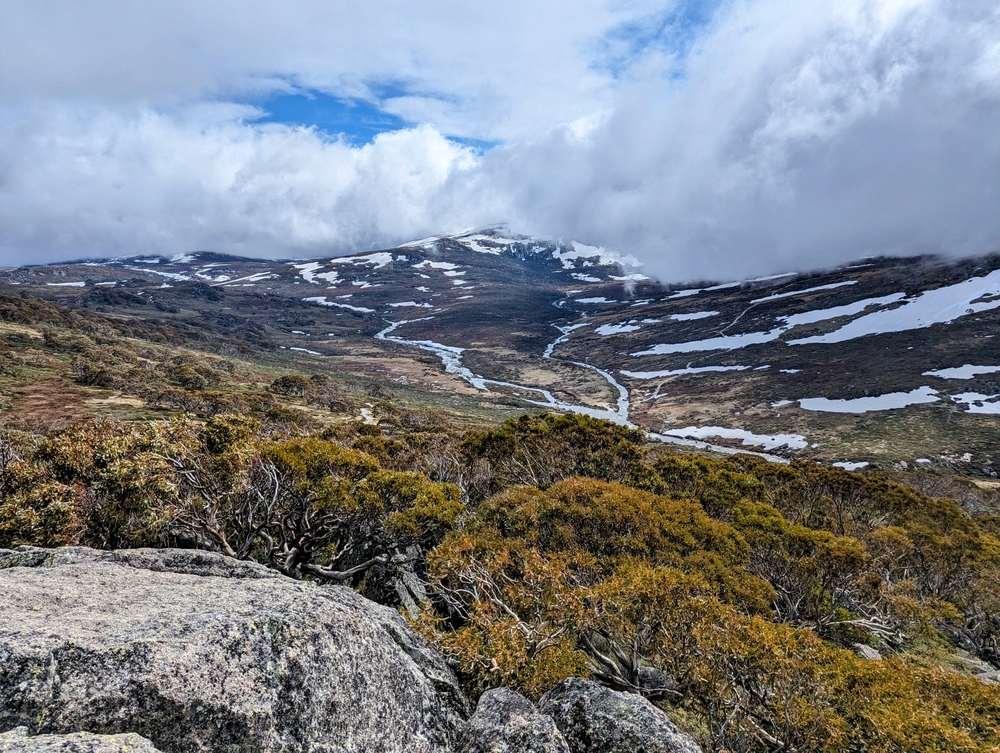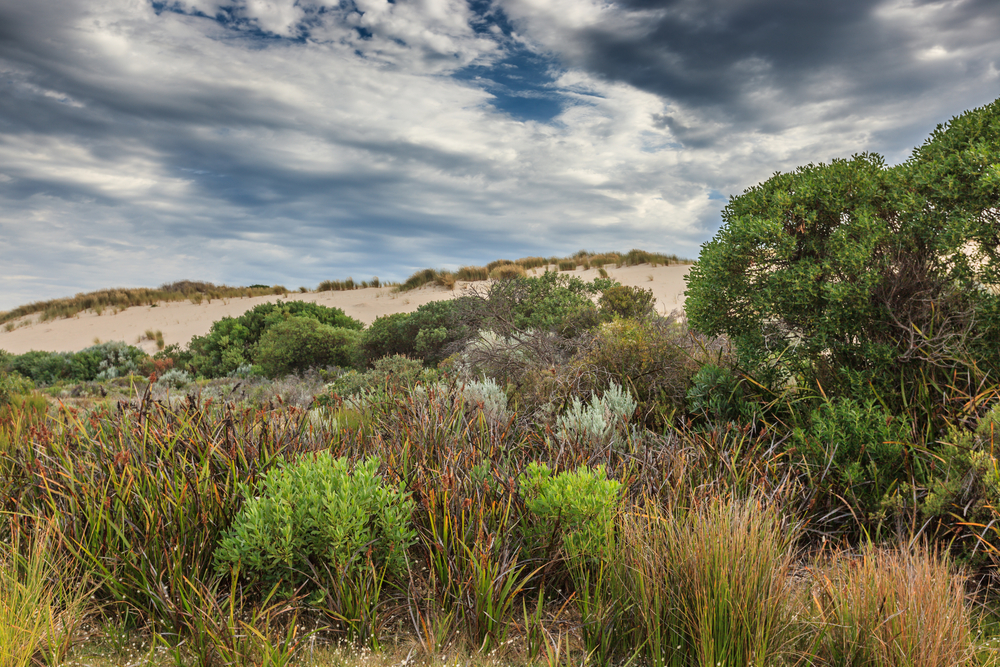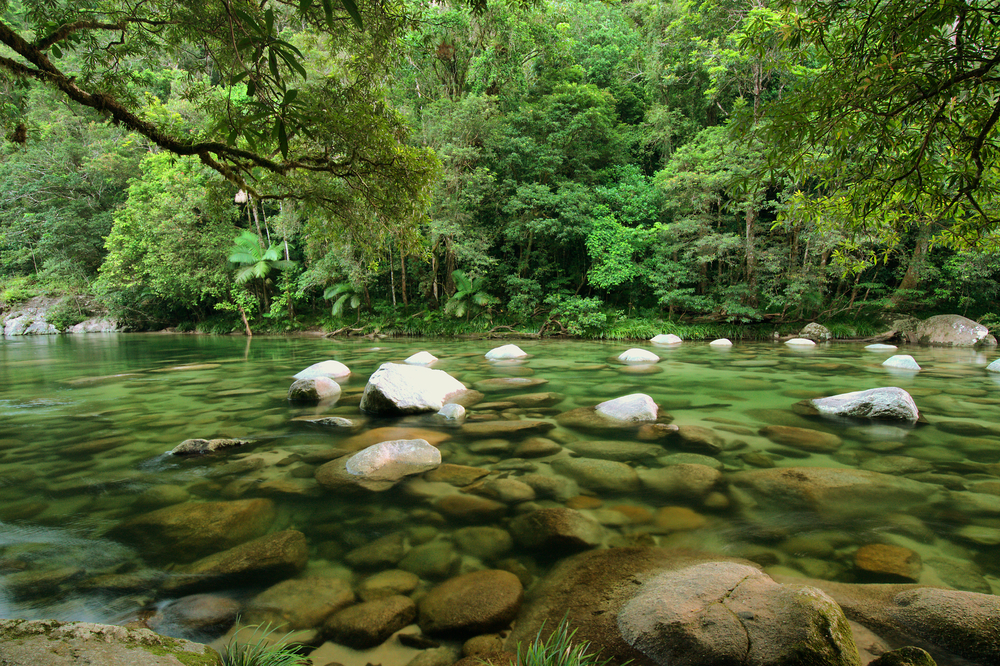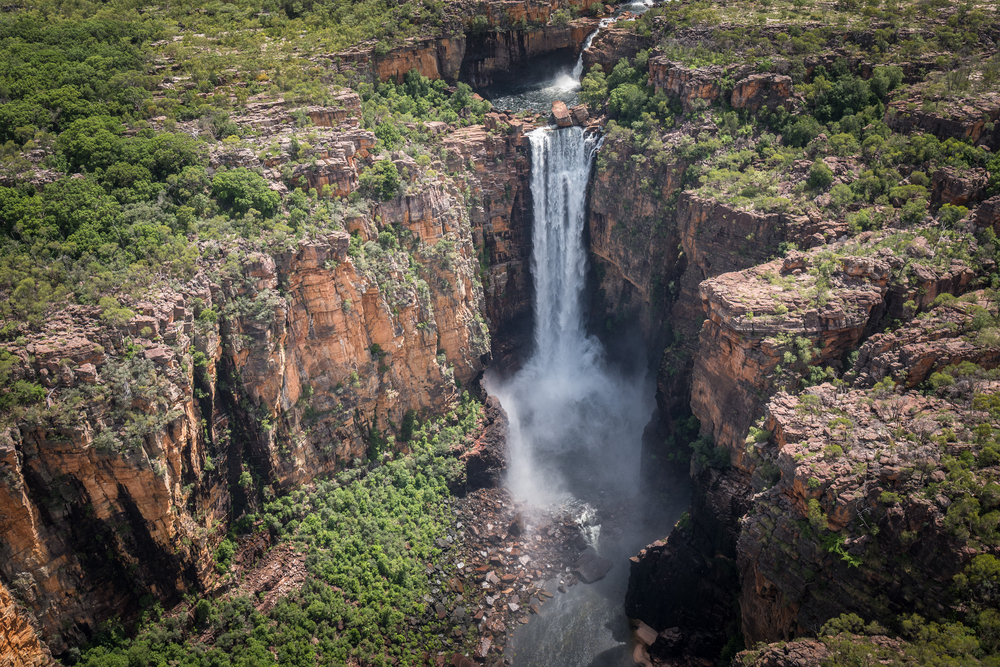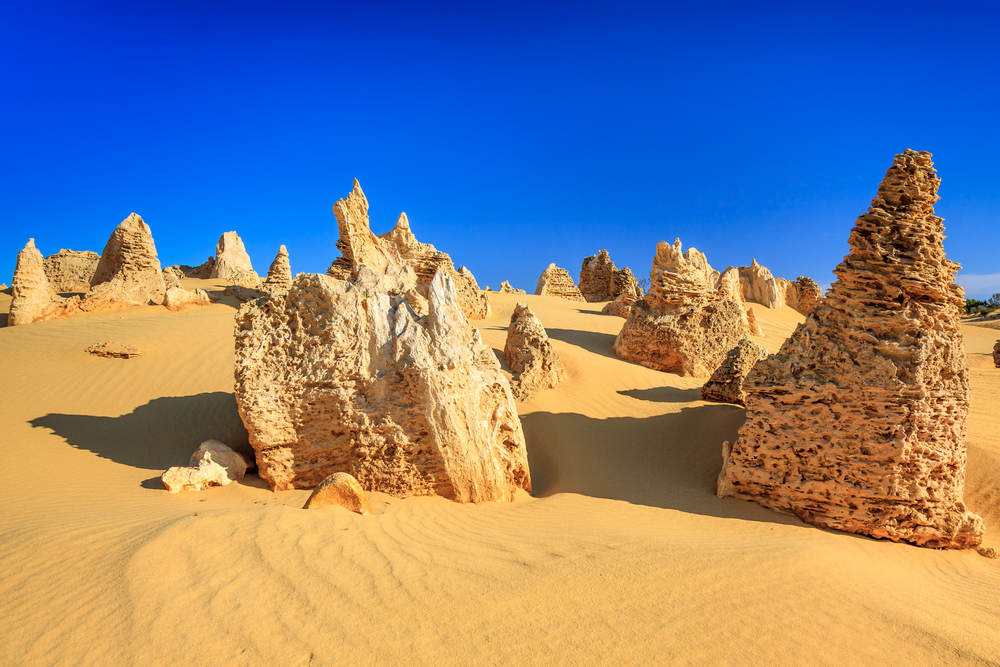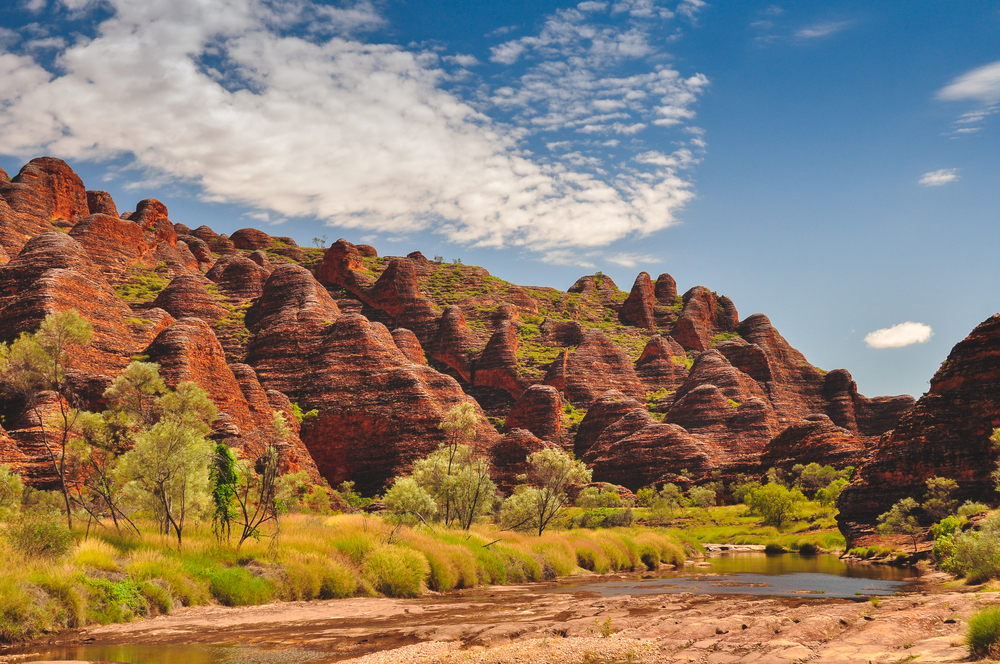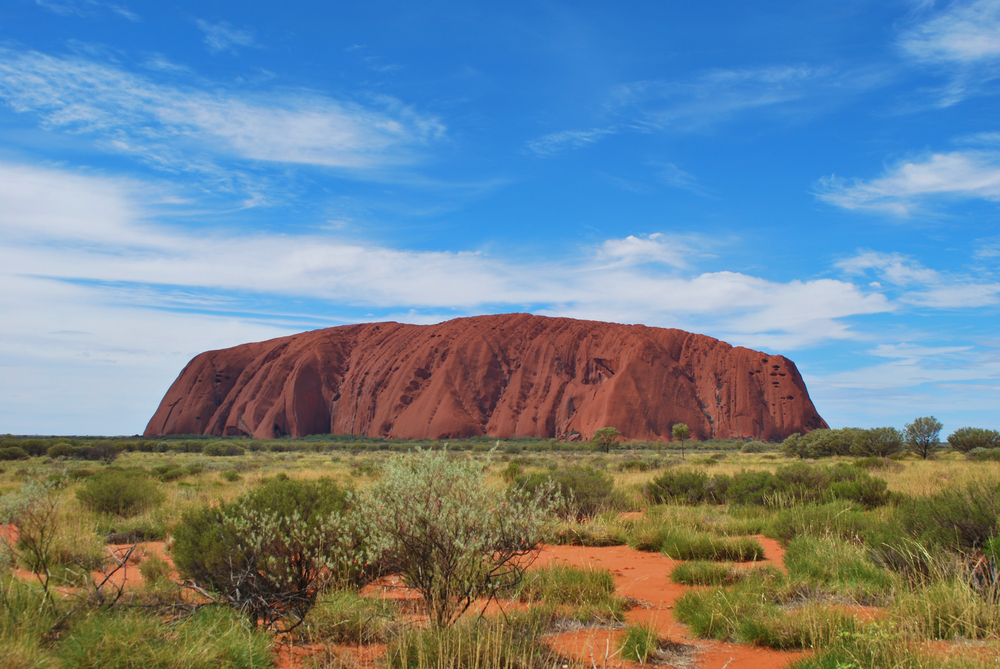Kosciuszko Overview
Kosciuszko National Park, known locally by the same name, is one of Australia’s premier natural reserves situated in the Snowy Mountains region of New South Wales.
Covering approximately 2,670 square miles (6,900 square kilometers), the park presents an extraordinary fusion of high country alpine landscapes, subalpine woodlands, and diverse ecosystems that together form a vibrant tapestry of natural beauty.
Dominated by Australia’s highest peak, Mount Kosciuszko, which stands majestically at 2,228 meters above sea level, the park is home to an assortment of stunning mountains, glacial lakes, and cascading waterfalls that captivate visitors throughout every season.
The terrain is a mixture of rugged granite outcrops and gently rolling meadows, interspersed with dense forests of snow gums and alpine flora that bloom in a riot of colors during the summer months.
Visitors to Kosciuszko National Park are treated to a dramatic interplay of harsh, windswept peaks and serene, sheltered valleys. The landscapes shift from dramatic, icy high country, where snow blankets the ground in winter, to lush meadows and riparian corridors in the warmer months.
Several iconic natural features, such as the picturesque Blue Lake and the cascading waterfall at Hidden Falls, add to the park’s allure. Its diverse vegetation includes hardy alpine grasses, wildflowers, and ancient stands of eucalyptus that have adapted to the extreme conditions of high altitudes.
This rich mosaic of terrain and plant life not only offers a visual feast but also plays a vital role in sustaining a wide range of animal species.
The park’s wildlife is as varied as its landscapes, offering opportunities to observe some of Australia’s most emblematic creatures in their natural habitat. Among the mammals, visitors might encounter the eastern grey kangaroo, wombats, and the elusive mountain pygmy-possum.
Birdwatchers will delight in sightings of the wedge-tailed eagle, crimson rosella, and various endemic alpine birds that flit among the high country shrubs. Seasonal migrations bring additional visitors to the park, adding to its dynamic ecological character.
Popular among outdoor enthusiasts, Kosciuszko National Park provides numerous recreational activities. Hiking, mountain biking, and rock climbing are common during the warmer months, while winter transforms the region into a haven for skiing, snowboarding, and cross-country excursions.
Guided tours and interpretative walks offer insights into the area’s rich cultural and natural history, ensuring that visitors leave with a deeper understanding of the environment. The park is also a key site for conservation efforts, with dedicated management programs that aim to combat the challenges posed by climate change, invasive species, and human impact.
These initiatives have led to successful restoration of native vegetation and careful monitoring of wildlife populations, ensuring that the park remains a treasured natural asset for future generations.
Kosciuszko National Park embodies a harmonious blend of rugged natural beauty, diverse wildlife, and outdoor adventure, making it a must-visit destination for nature lovers and adventurers alike.
In addition, the park plays a crucial role in environmental education and scientific research, with many initiatives aimed at preserving its unique ecosystems while engaging local communities in sustainable practices.








































































